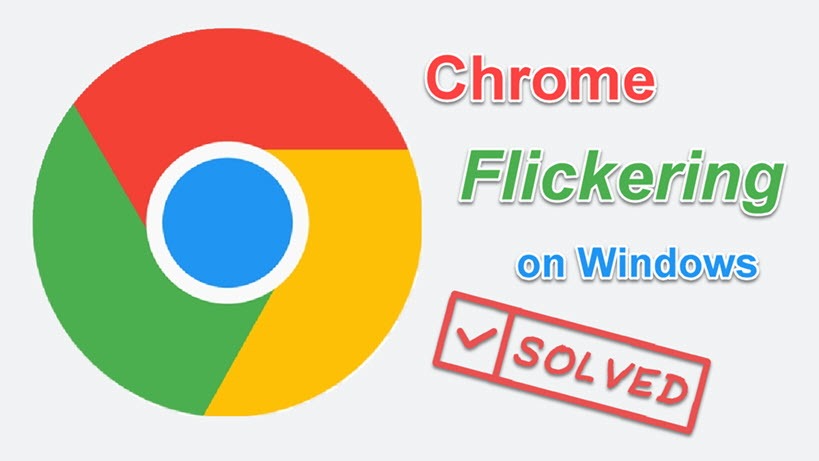Lately there have been many users complaining about the flickering issue with Google Chrome. If you happen to be one of them, you’re in the right place. In this article, we put together some working fixes for your Chrome flickering issue. You can try them out before uninstalling Chrome.
Try these fixes
You might not have to try them all. Just work your way down the list until you find the fix that does the charm.
- Check your display cable and passive adapter
- Turn off Automatically pick an accent color (Windows 10)
- Make sure it’s not a web page issue
- Update your graphics driver
- Check if it’s scroll flickering
- Update Chrome
- Install all Windows updates
- Disable hardware acceleration
- Downgrade your Chrome version
- Modify your Registry
Fix 1: Check your display cable and passive adapter
Sometimes, the flickering just comes from your faulty hardware. So before you dig into any complicated troubleshooting, you can start from this easy step to check your hardware. Surely you don’t want to spend hours on troubleshooting only to find that there’s something wrong with your rig.
To rule out hardware problems, first check your cable connections. Make sure the display cable is in good condition and is securely plugged in at both ends. If you’re using a passive adapter, e.g., a DP to HDMI converter, make sure it’s a quality product, preferably a branded one.
You can also try changing your cables and adapters and see if that helps your case.
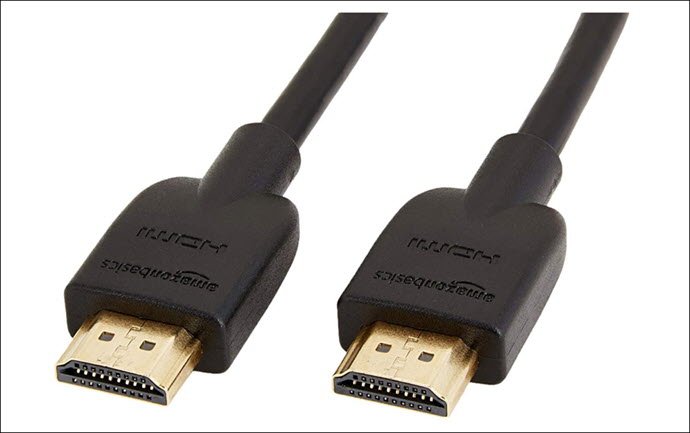
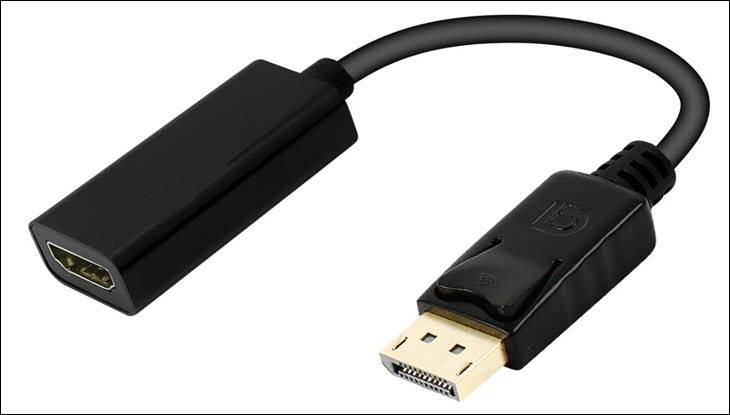
If you’re confident about your cable and adapter, simply move on to the next fix.
Fix 2: Turn off Automatically pick an accent color (Windows 10)
If you’re using a custom wallpaper on Windows 10, you can enable an option to set the accent color of the Start menu, taskbar, and action center to match the base color of the image automatically.
While this might be a juicy feature for personalizing, there’re many reports that this function turns out to be a culprit of Chrome flickering. So you can follow these steps to disable this option:
- On the empty area of your desktop, right-click and select Personalize.
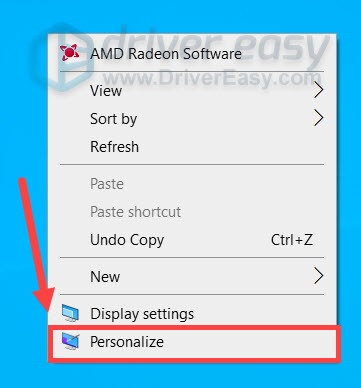
- From the left menu, select Colors. Under the Choose your accent color section, make sure you’ve unchecked the box next to Automatically pick an accent color.
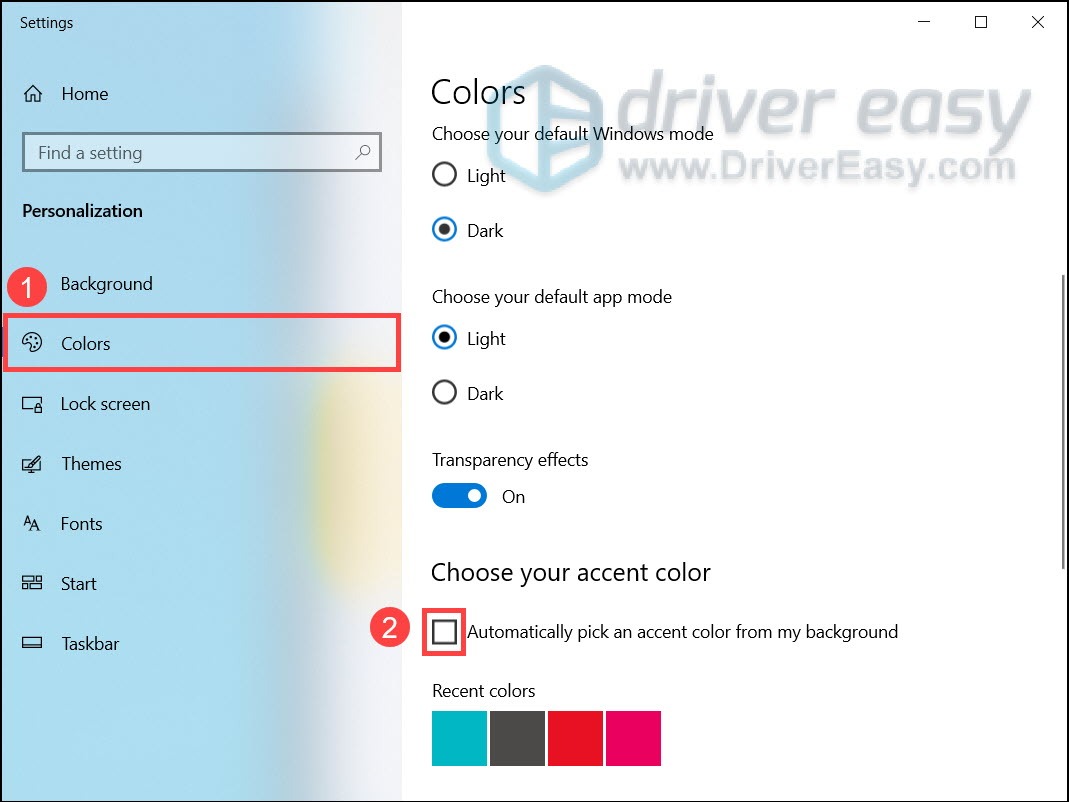
- Open Google Chrome and see if it stops flickering.
If this method doesn’t help your case, you can take a look at the next one.
Fix 3: Make sure it’s not a web page issue
In some cases, the changing of background color due to the personalization of websites would be mistaken as screen flickering. In other words, it’s the webpage other than Chrome that’s flickering.
To check if it’s simply a web page issue, you can test the same page with different web browsers.
If the problem is exclusive to Chrome, you can check out the next solution.
Fix 4: Update your graphics driver
Flickering issues tend to be graphics-related. In other words, this problem may occur if you are using a faulty or outdated graphics driver. To avoid display issues, you should always make sure you’re using the latest graphics driver.
You can update your graphics driver manually, by visiting the graphics card manufacturer’s website (NVIDIA/AMD/Intel), searching for your model and downloading the latest correct driver step by step. But if you don’t have the time, patience or computer skills to update drivers manually, you can do it automatically with Driver Easy.
- Download and install Driver Easy.
- Run Driver Easy, then click Scan Now. Driver Easy will then scan your computer and detect any problem drivers.

- Click Update All to automatically download and install the correct version of all the drivers that are missing or out of date on your system.
(This requires the Pro version – you’ll be prompted to upgrade when you click Update All. If you don’t want to pay for the Pro version, you can still download and install all the drivers you need with the free version; you just have to download them one at a time, and manually install them, the normal Windows way.)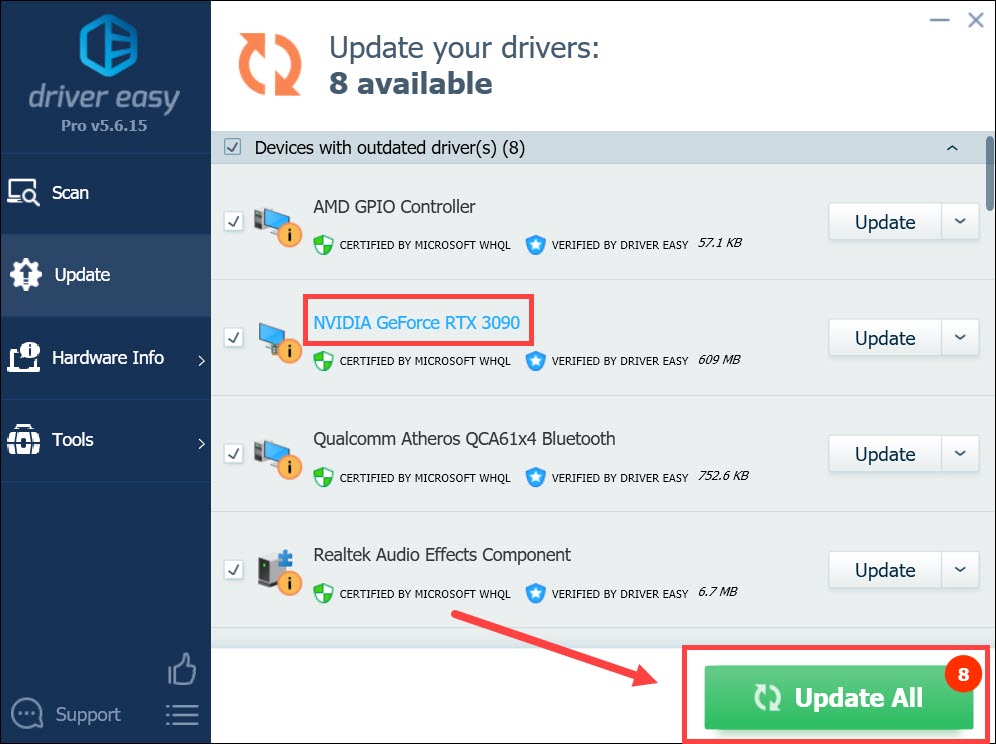
Once you’ve updated your network driver, restart your computer and check if Chrome flickers again.
If the issue remains, you can try the next fix below.
Fix 5: Check if it’s scroll flickering
Some users report that Chrome flickers when they scroll. And if you notice the same symptom after updating the graphics driver, you can try to fix it by toggeling the #Smooth-Scrolling flags.
If you don’t know how, simply follow these steps:
- Open Chrome. In the address bar, type or paste chrome://flags and press Enter.

- In the search box, type or paste smooth scrolling. Set Smooth Scrolling to Enabled or Disabled and see which one works best for you. Remember to restart Chrome after changing the settings.

If this trick doesn’t give you luck, take a look at the next one below.
Fix 6: Update Chrome
Chrome updates include bug fixes and compatibility improvements. It’s possible that the flickering issue has been fixed in the latest version. So, you can follow these steps to check for Chrome updates:
- Open Google Chrome. In the upper right corner, click the “three dots” icon.
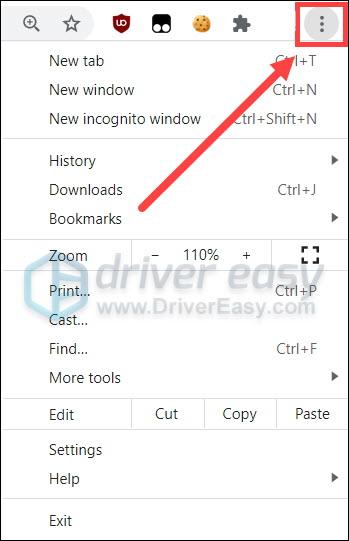
- In the resulting drop-down menu, select Help > About Google Chrome. Opening this page will initiate the update process.
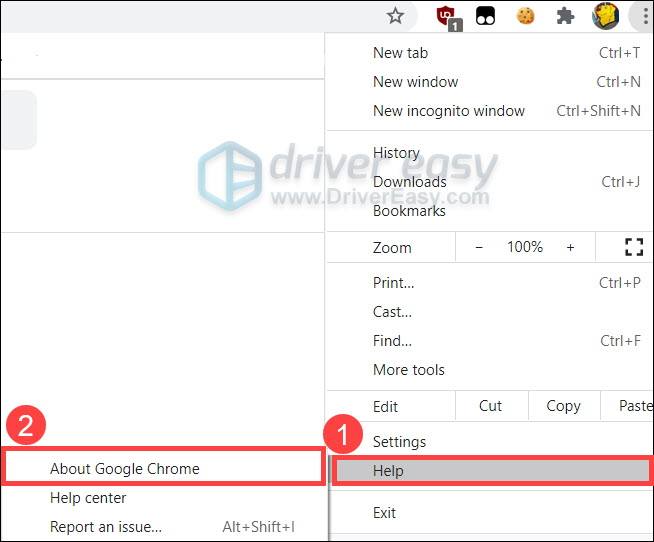
- Once the browser updates, click the Relaunch button to reopen Chrome.
If you’re already using the latest version of Chrome, please continue to the next fix.
Fix 7: Install all Windows updates
Windows updates offer regular security patches and sometimes (twice a year) a performance boost. If it’s been a while since the last time you checked for system updates, you need to do it now as it might fix your problem right away.
Fix 8: Disable hardware acceleration
Hardware acceleration allows the CPU to offload some page loading and rendering tasks to the GPU. While this feature might improve your experience, there’re reports that it is also the culprit of some graphic issues. You can try disabling this function and see how things go.
- Launch Google Chrome. In the upper right corner, click the “three dots” icon. Then select Settings.
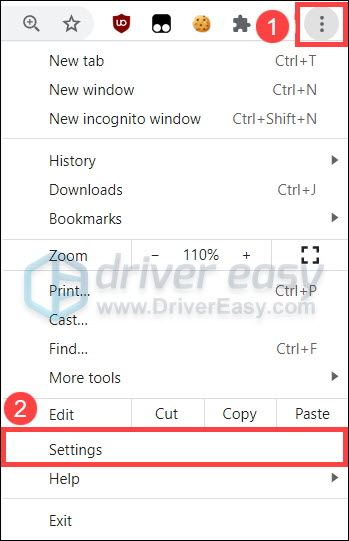
- In the search bar, type hardware. Find the Use hardware acceleration when available setting, toggle the switch to “off” (grey-out) position. Then click Relaunch.
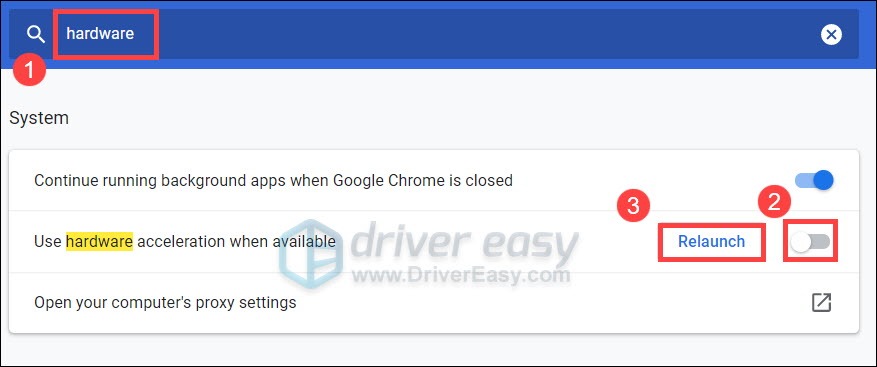
Now you can test some websites and see if Chrome flickers again.
If this fix doesn’t work for you, go ahead and try the last one.
Fix 9: Downgrade your Chrome version
According to some users, the flickering issue appears to only happen on some certain builds. If you’ve tried all the methods above and none works, you might want to try downgrading your Chrome version. To do this, simply go to the Slimjet download page and select the previous version of your choice. Once you’ve installed an old version of Chrome, don’t forget to turn off auto-update.
Fix 10: Modify your Registry
Some users reported that the flickering might be caused by dwm.exe (Desktop Window Manager) and is fixed in Windows 11. And there’s also a Windows 10 workaround. To check if this applies to your case, you can modify your registry and see if this works for you.
- On your keyboard, press Win+R (the Windows logo key and the R key) and type or paste regedit. Click OK.
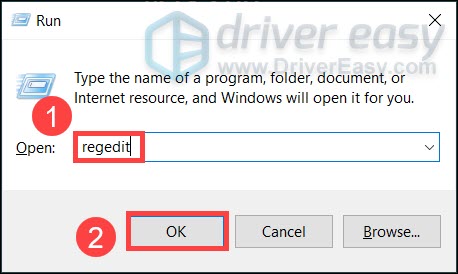
- In the address bar of Registry Editor, type or paste HKEY_LOCAL_MACHINE\SOFTWARE\Microsoft\Windows\DWM and press Enter.
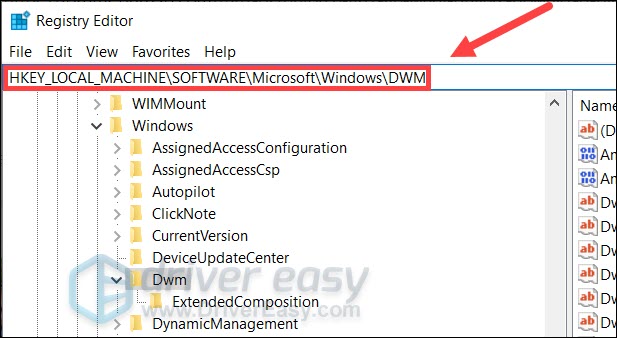
- At the empty area of the right pane, right click and create a new DWORD (32-bit) Value and name it OverlayTestMode.
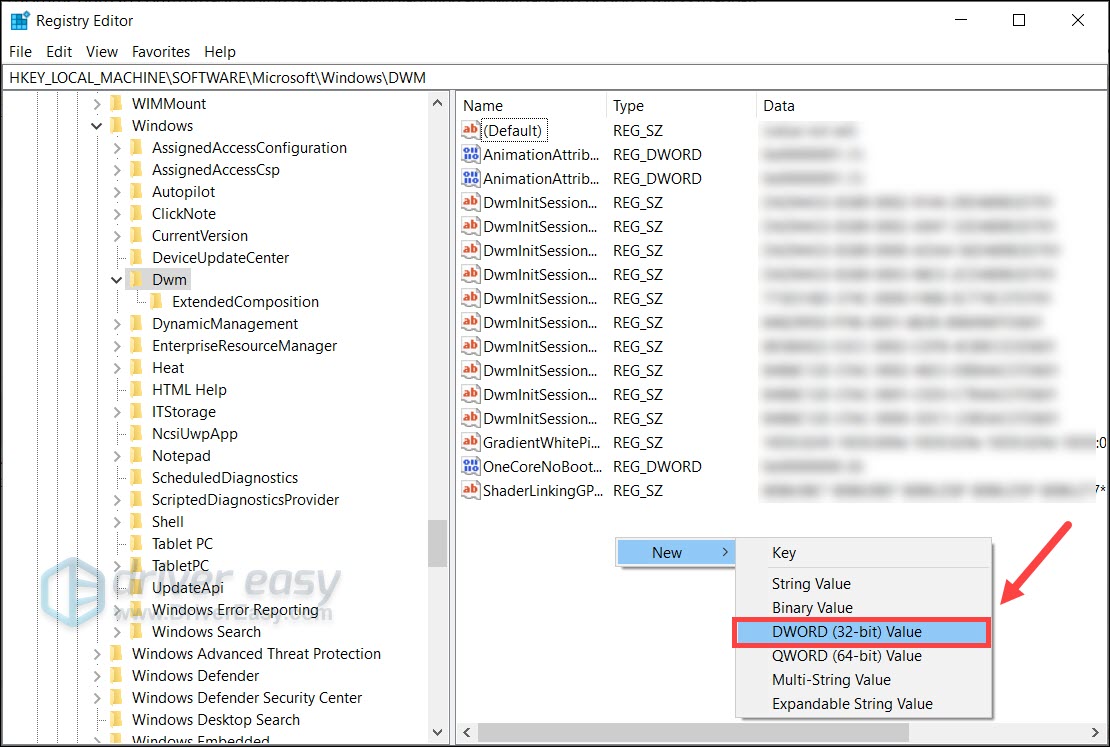
- Right click the entry and modify the value to 5. Then reboot your PC and see if the flicker reappears.
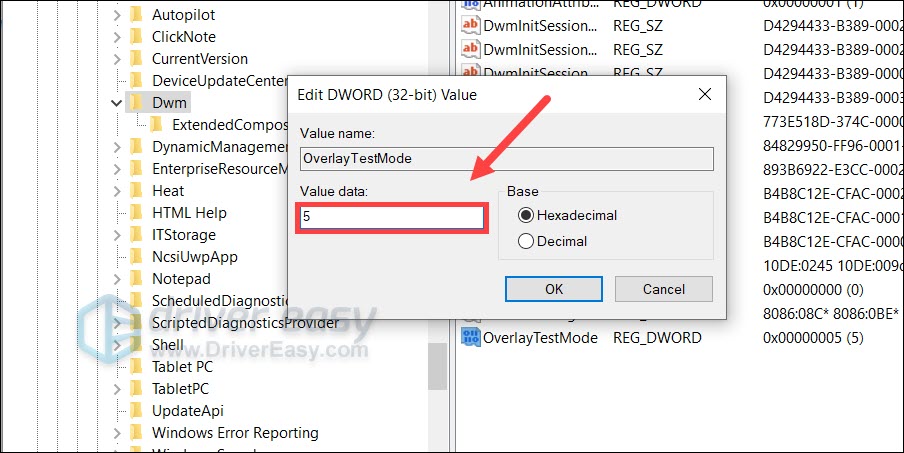
Hopefully this post helped you fix your Chrome flickering issue. If you have any questions or suggestions, please let us know and we’ll get back to you.






